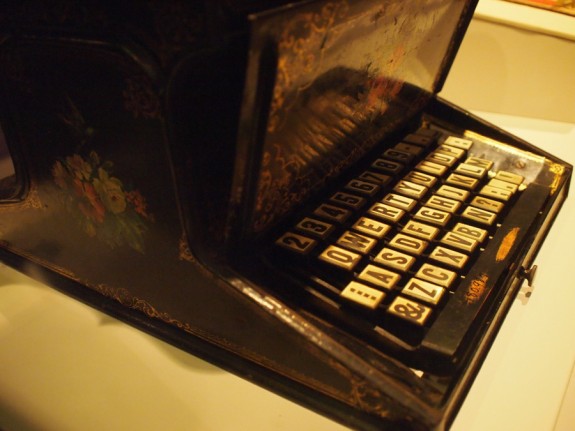Ok, so we’ve established that you really need to hire a freelance editor before you throw your manuscript out to the proverbial wolves of public opinion. But how in the heck do you know what kind of editing you need? And who in the world do you find to help you?
What can your editor do for you?
Editing is not a “one-size-fits-all” kind of process. Understanding the differences between the types of editing is crucial to making sure you get the most polished manuscript possible. Here are the three main types of editing you can request from your editor.
Developmental editing
Sometimes called substantive editing, this kind of editing involves taking your manuscript apart, polishing all the pieces, and then putting them back together again in the optimal configuration. Why would you do this? If you have gone through a few drafts and this is your first attempt at having your manuscript edited, you’ll want to have an editor take a deep, critical look at your writing to make sure that your voice is consistent, your characters are multi-dimensional, and your plot is air-tight. This process often involves line-editing, where the editor will rewrite portions of the text to fix any problems or to illustrate the direction she thinks you should take when you begin your next draft.
Copy editing
Copy editing is the slightly less invasive cousin of Developmental editing. Copy editing assumes that you’ve gotten the plot, characterization, and structure correct and only points out the most glaring of errors in those aspects of the manuscript.
Copy editing instead focuses on the grammar, spelling, and punctuation you use, and makes sure that your text conform to the industry standards. There are several different style guides, so if you know that your treatise on the mating habits of freshwater clams is required to follow MLA guidelines, make sure your copy editor uses that and not the Chicago Manual of Style to do their job. Sounds nit-picky, doesn’t it? But trust me, it’s important. Style guidelines exist to help authors and publishers maintain consistency in spelling, formatting, notation, and many other aspects of the manuscript across all publications of a certain type.
Proofreading
Not to be confused with copy editing, proofreading is the lightest kind of editing out there. If developmental editing is a bull dozer and copy editing is a machete, proofreading is the feather duster of edits. A proofreader comes to the text assuming that everything is as the author intends it to be. Their job is not to question usage or structure. Their job is to check for typos and formatting mistakes, to make sure that there’s a period where a period is supposed to be and that you spelled “hodmandod” correctly.
This is the final stage of editing, the last tweak you make before you send your manuscript out into the world. It’s not the first thing you should ask your editor for, unless you’re sufficiently confident that there are no problems at all in your manuscript.
Mix and Match
These editing types are very easy to mix and match. You can request that your editor perform light developmental editing or heavy copy editing or proofreading that includes a light copy edit. And your editor may have an entirely different idea of what level of editing you need. The surest way for you and your editor to figure out what kind of edit your manuscript needs is to have a sample of it (usually the first 10 to 20 pages) edited. Imagine how you’ll feel if you go into the editing process thinking all you need is a light copy edit, and then suddenly find out that the editor you are working with has requested that you rewrite half your chapters.
A sample edit will determine whether you and your editor have aligned expectations for the amount of work to be done on the manuscript. But even better, if this is your first time hiring an editor, a sample edit allows you and the editor a chance to assess each other before you commit to working together. If you and your editor agree after a sample edit that your manuscript needs a developmental edit, and you can appreciate and learn from their style and approach to the text, then you’re golden. If not, then it’s easy to move on before too much time and/or money is lost on either side.
It’s important that you find the RIGHT editor. Not just anyone will do. We’ll discuss that more in detail in my next post.
………………
 Elisabeth Kauffman is a freelance editor in California. Her favorite genres are YA fantasy, sci-fi, and romance. She regularly obsesses over board games, Doctor Who, and Harry Potter. Come share your ideas with her on Facebook and Twitter–@WritingRefinery–and on the web at www.writingrefinery.com
Elisabeth Kauffman is a freelance editor in California. Her favorite genres are YA fantasy, sci-fi, and romance. She regularly obsesses over board games, Doctor Who, and Harry Potter. Come share your ideas with her on Facebook and Twitter–@WritingRefinery–and on the web at www.writingrefinery.com







